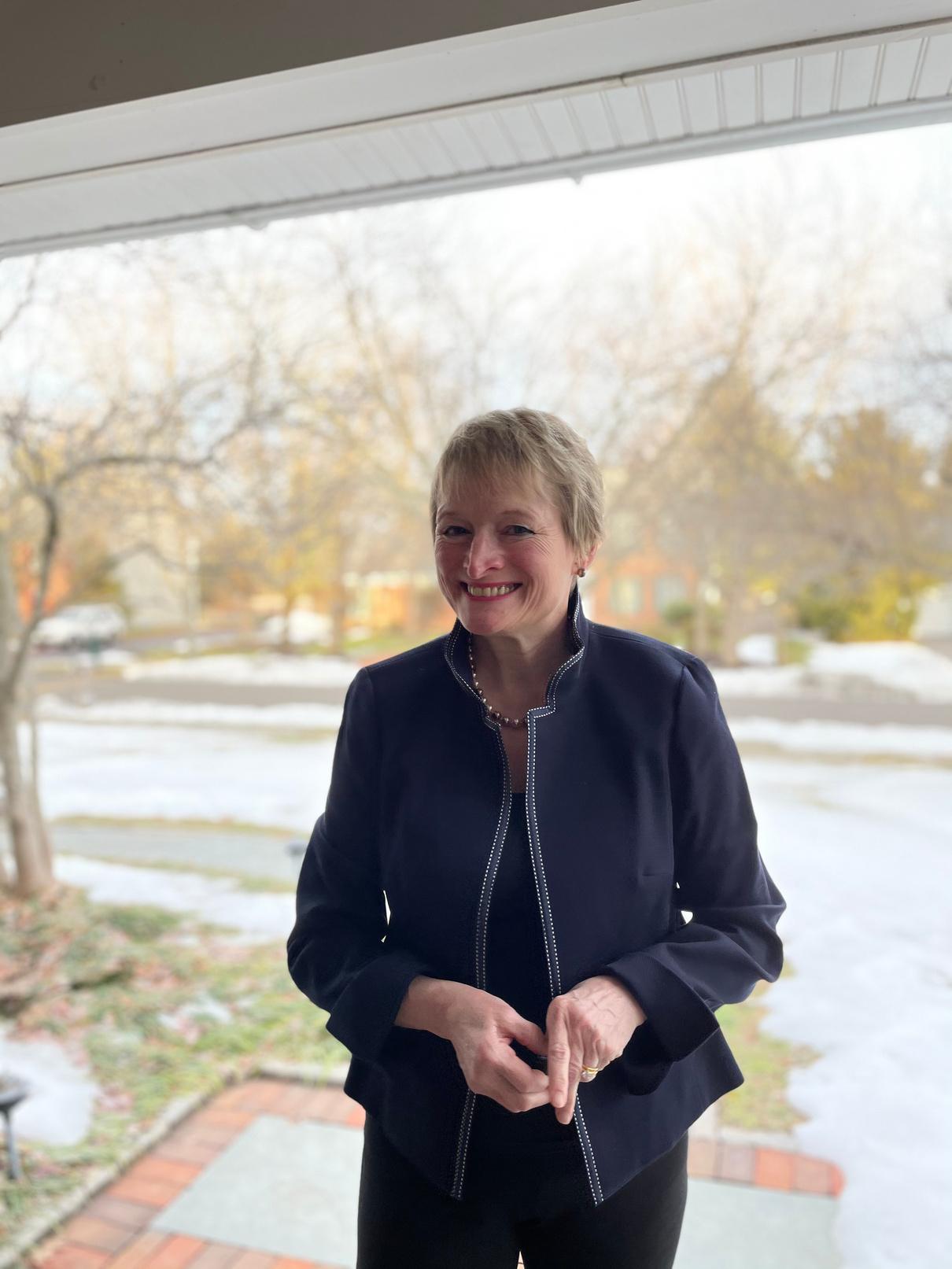

INTRODUCING
Competitive advantages have life cycles – born in innovation, scaled up with launching, making a profit by operating and eventually transforming to the next advantage.
Unfortunately for leaders in today’s fast-paced contexts, we tend to only teach the “operating” part of this story. My Columbia Executive Education course “Leading Strategic Growth and Change” fills in the blanks. Here are some quick session descriptions of our first two days. To learn more, visit this page.

The End of Competitive Advantage and the New Strategy Playbook
Strategy has, for years, maintained that the ultimate goal is to establish a sustainable competitive advantage. In this session, which draws from McGrath’s award-winning book The End of Competitive Advantage, participants will learn about the life cycle of an advantage – beginning with the unpredictable and highly variable innovation process, through launch, exploitation and eventual erosion of an advantage. The skills participants are often not taught have to do with the innovation/launch part of the process and the erosion / transformation part.

This session will introduce six new elements of the new strategy playbook, which are:
To recognize that change is not the unusual thing –stability is!
As advantages erode, a critical leadership practice is to extract resources from them, repurposing these to fund more attractive opportunities.

Lou Gerstner, citing Peter Drucker, said it well. “The best companies put their best talent on opportunities – the average companies put their best talent on problems.”
Innovation can’t be left to chance any more.
Leaders need to shift from a command and control orientation to a permissionless one.
All of this is taking place in a context in which competition for talent is intense
Real options and creating an opportunity portfolio for growth
Under low-uncertainty conditions, conventional tools of management work well and conventional perspectives on value (such as net present value or return on investment) are appropriate. But as uncertainty increases, the value one is creating is increasingly option value, or the right to make a choice in the future when more information is available. Essentially, one is placing a small bet today with the understanding that it will provide benefits in the future, even if it isn’t completely clear what the benefit will be at the time you place the bet.

Personal case group sessions


A distinguishing feature of Leading Strategic Growth and Change is that each participant brings with them a ‘personal case’ which is a challenge or issue they are dealing with that they don’t yet have an answer to. They are assigned to small groups of peers to share their cases. Throughout our week together, we set aside specific time each day for participants to work together to make progress on their cases, putting the tools and frameworks from the class to work in actual application contexts. Past participants have found this to be one of the highest impact parts of the program as it is very actionable and practical.

Creating Customer Insight
All good strategies need to deeply connect a firm’s capabilities with what we call customer “jobs to be done” – or outcomes customers are trying to achieve. And yet, many organizations have a fairly primitive understanding of what drives actual customer behavior. In this session, we will cover three tools that firms can use to improve on this. The first is segmentation, but on the basis of jobs to be done or behavior rather than the more typical demographic or psychographic segmentation. The second is to map customer journeys using a specific tool called the ‘consumption chain.’ Finally, participants will examine the tradeoffs customers make among the various elements of their offers by understanding which are considered exciting, non-negotiable, unnecessary, and so on. Participants are paired up during this session to work on actual customer scenarios.

Do reach out!

Any of these can be adapted.
Want




